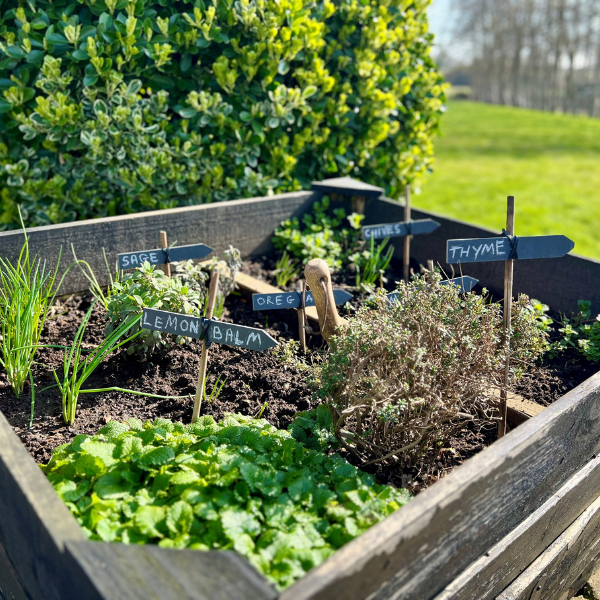April 2024
As head gardener at Crouchers Hotel and Restaurant, I am often asked for tips and advice.
Sometimes I can offer sage words of wisdom, other times it is not so simple, and occasionally it is like the blind leading the blind.
For example, once a daffodil comes up blind, will it ever flower again?
The short answer is yes, but the cure is not necessarily straight forward.
For starters, if the bulbs have became overcrowded then it can affect flowering, so old clumps should be lifted, separated and replanted – making sure they are at the correct depth (around 4-6 inches).
As with all flowers, they should be deadheaded to prevent them going to seed, but with daffs, even though they will not reflower after deadheading, keep as much of the foliage as possible.
The more foliage, the more area for photosynthesis, the more energy goes into the bulb, the more likely they will flower again the following season.
If your daffs have found their way into a shaded area, try pruning back surrounding plants to allow the sunrays in.
Alternatively, when the foliage starts to die away, try feeding with a high potash feed or growmore – it could trigger the bulbs back into life.
Something else that can reduce a bulb’s vigour and hence flowering, is the old double whammy of pests and disease.
The larvae of narcissus bulb fly, and the narcissus eelworm are two such enemies, and if there is any sign of these it is best to lift all affected bulbs and destroy them.
Conditions such as narcissus basal rot can be equally damaging, and easily spread between clumps of bulbs.
I know it can be frustrating when the bulbs you’ve carefully planted in your borders fail to flower, and yet the daffodils on a unpleasant roundabout in the middle of the city flower every year.
But, hopefully, now we know that all is not lost, we can see a way forward, and once where we were blind, now we can see.
In other news, I’ve been delighted to see appear on our Locals’ Night menu none other than ‘Tim’s homegrown radish salad’.
I’ve said it before, but the chefs here are incredibly adaptable to using our homegrown produce, creating appropriate menus sometimes just hours before service – that’s how fresh the home produce is folks!
However, we are not immune to bad crops – last year we harvested more than 20lbs of tender stem brocoli, unfortunately this year we’ll be lucky to get half that – the simple reason is the hideous wet winter we’ve endured.
Our over-winter brassicas simply drowned as the rain overwhelmed our best drainage attempts.
To that end, we’re putting in an extensive programme of double-digging (and it’s exhausting) on the veg plots.
We do prefer a no-dig approach, but after four years of that, otovating upon a heavy clay base, and constant walking on with heavy boots, compaction is inevitable – so I think a manual overhaul and severe incorporation of organic matter is called for.
Otherwise we run the risk that all the seed-sowing we are currently doing will be in vain.
Talking of seed-sowing, our leeks, aubergines and brassicas are safely in my greenhouse after session one of this season’s sowing.
Now comes the most stressful part – the long wait until they show themselves!
~ Tim Ashton,
Head Gardener – Crouchers Orchards Hotel & Restaurant


